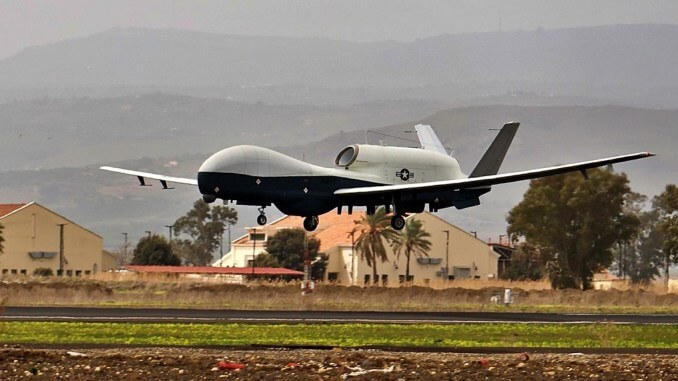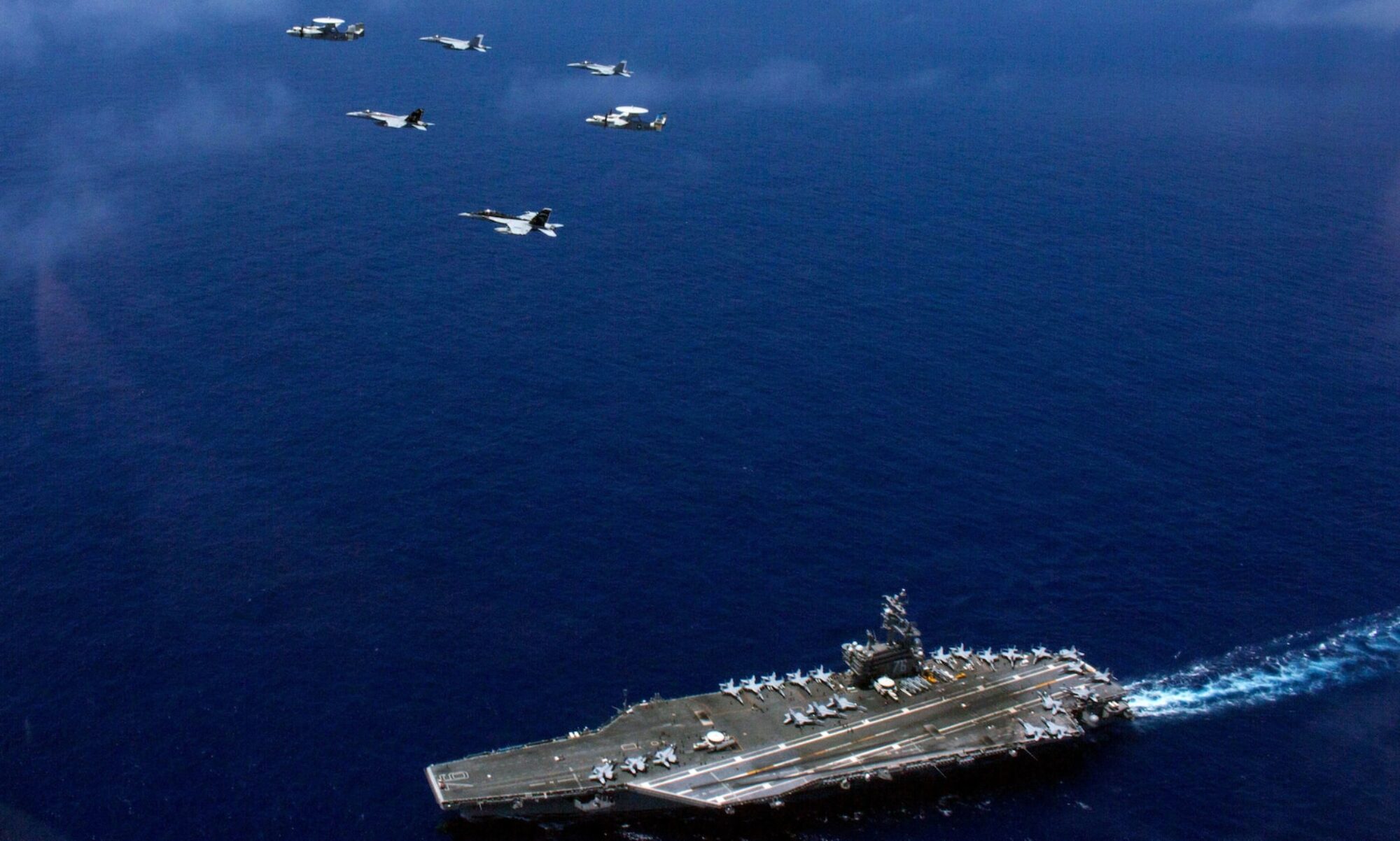
Introduction
Key Takeaways
The MQ-4C Triton enhances maritime intelligence, surveillance, reconnaissance, and targeting (MISR-T) capabilities.
This deployment signifies the growth of unmanned aerial systems within naval operations.
The Triton’s advanced technology augments the capabilities of manned aircraft like the P-8 Poseidon.
The strategic positioning in Sigonella expands the U.S. Navy’s operational reach in critical regions.
Advanced Capabilities on the Horizon
The MQ-4C Triton, based on the U.S. Air Force’s RQ-4B Global Hawk, is tailored for maritime missions. Its deployment to NAS Sigonella, a key hub for U.S. and NATO forces, significantly enhances the Navy’s ISR capabilities in the Mediterranean and beyond.
The Triton’s advanced sensor technologies allow for broad-area maritime surveillance, crucial for monitoring sea lanes, tracking potential threats, and supporting fleet operations.
Expanding the Fleet’s Eyes and Ears
The integration of the MQ-4C Triton into the Navy’s fleet operations is a game-changer. With its long endurance and high-altitude capabilities, the Triton can cover vast oceanic areas, providing real-time intelligence and enhancing situational awareness. This deployment not only extends the reach of the Navy’s ISR capabilities but also ensures a persistent presence in strategic maritime areas.
A Synergistic Approach to Maritime Surveillance
The Triton complements the P-8 Poseidon’s capabilities, creating a more comprehensive maritime surveillance strategy. This synergy between manned and unmanned systems allows for a more efficient allocation of resources and a continuous flow of intelligence, enhancing the Navy’s ability to respond to emerging threats and maintain a strategic advantage in global waters.
Implications for the Navy
The deployment of the MQ-4C Triton to NAS Sigonella is more than just an addition of a new asset; it represents a shift towards a more integrated, technologically advanced naval force. The implications of this are far-reaching, affecting operational tactics, fleet management, and strategic planning. The enhanced ISR capabilities provided by the Triton enable the Navy to operate more effectively in contested environments, ensure maritime security, and support global peacekeeping efforts.
Looking Ahead
The arrival of the MQ-4C Triton at NAS Sigonella is a testament to the U.S. Navy’s commitment to maintaining maritime superiority through innovation and technological advancement.
As the fleet continues to integrate more advanced unmanned systems, the strategic implications for global maritime operations are profound.
The MQ-4C Triton’s deployment is not just a step forward for the U.S. Navy but a leap towards a more secure and technologically advanced maritime future.
In conclusion, the deployment of the MQ-4C Triton to NAS Sigonella signifies a pivotal moment in naval warfare and reconnaissance.
This state-of-the-art unmanned system enhances the U.S. Navy’s ability to monitor and secure vast maritime areas, ensuring America remains at the forefront of global maritime security.
As advocates for a stronger navy, it’s crucial to recognize and support the integration of such advanced technologies into the fleet, bolstering our national defense and maintaining our strategic advantage on the world’s oceans.

